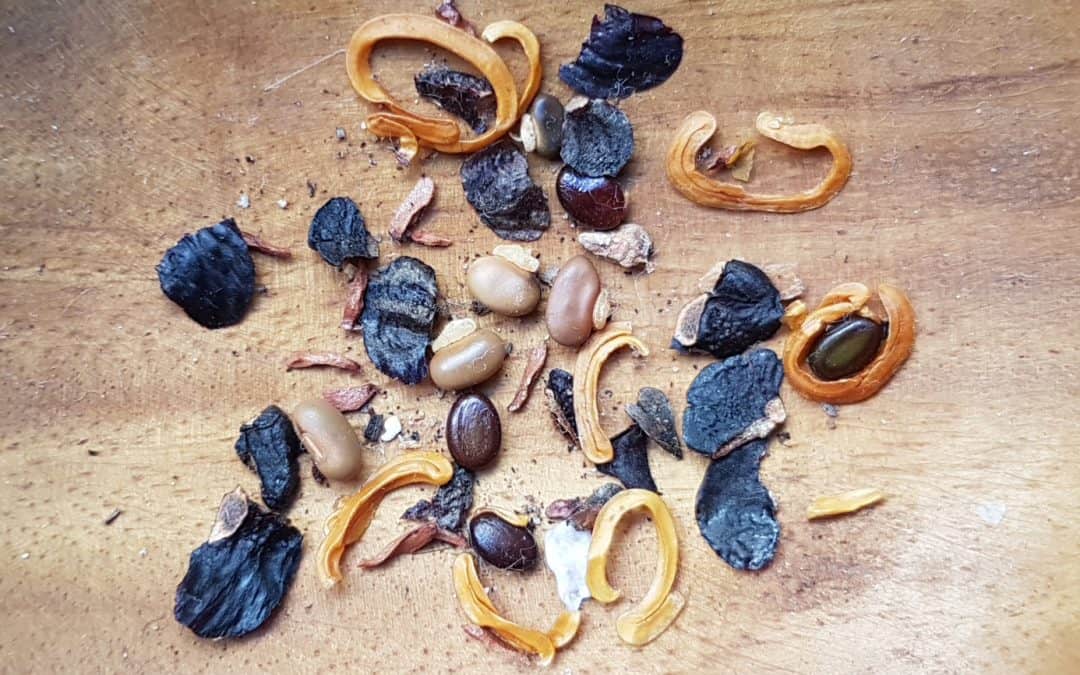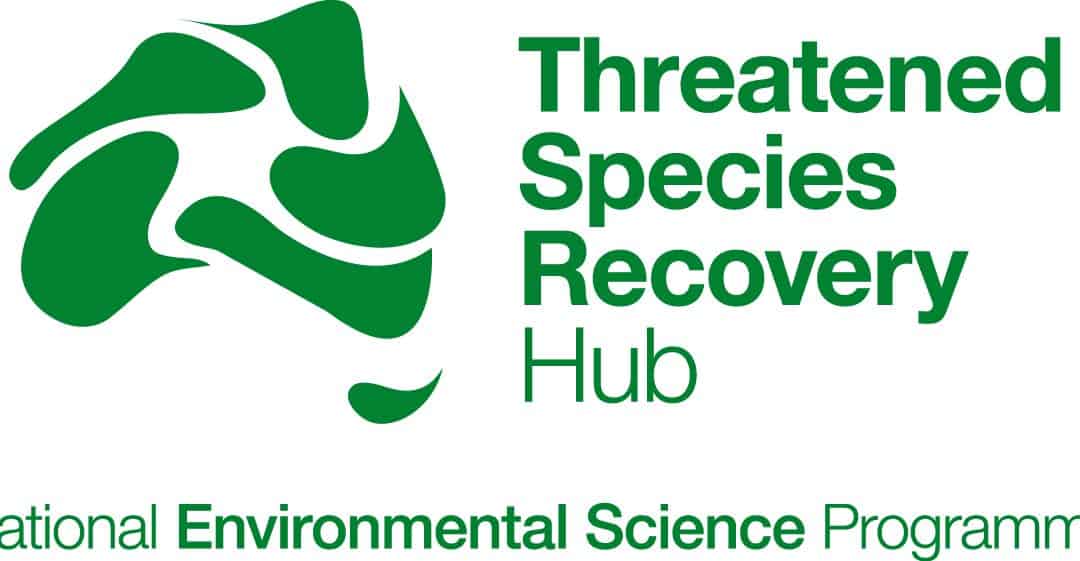
Aug 5, 2020 | News
New interview with Dr Lucy Commander (tw: @lucy_commander), a restoration seed ecologist who has spent over a decade undertaking scientific research with the mining industry to improve mine restoration. Lucy was also the lead editor of the Australian Network for Plant Conservation’s Guidelines for the Translocation of Threatened Plants, published in 2018, and is currently Project Manager for the update of the Florabank Guidelines for best practice native seed collection and use, with Australian Network for Plant Conservation and partners. In this conversation, Lucy talks about her interest in singing and gardening, restoration seed ecology, and her work as an editor on the Florabank Guidelines for best practice native seed collection and use. Watch here.

Aug 5, 2020 | News
This project, funded by the Threatened Species Recovery Hub, aims to determine the susceptibility and impact of the rust fungus Myrtle rust (Austropuccinia psidii) on Myrtaceae species regenerating after the 2019/20 bushfires. In cooperation with the Department of Agriculture & Fisheries Queensland and the NSW Department of Primary Industries, surveys will be conducted across a wide range of ecosystems and species in the fire affected regions of NSW and Queensland, including reserves in the Gondwana Rainforests of Australia World Heritage area. While fire is considered an important selection agent in the development of Australia’s native flora, the growth of new epicormic shoots and young seedlings en-masse are ideal for the development and spread of Myrtle rust. The project will identify the species showing susceptibility and the regeneration forms (re-shoots/seedlings) affected by the rust. The effect of repeated infection on species recovery/survival will be determined for species highlighted in priority lists, including bushfire affected threatened plants.


